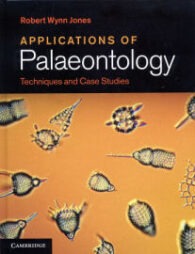It is a wonderful state of affairs that we can not only now write detailed books about planetary geology and geomorphology of the bodies in the solar system, but we can also illustrate them with wonderful photographs.
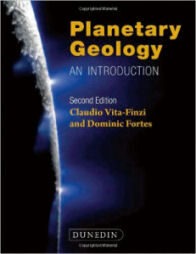

It is a wonderful state of affairs that we can not only now write detailed books about planetary geology and geomorphology of the bodies in the solar system, but we can also illustrate them with wonderful photographs.

There are a lot of guide books to the Jurassic Coast Work Heritage Site and I have reviewed several on this site. This one is intended to provide a useful introduction to the general geology of the coastline, dealing with its formation, fossils and plate tectonics (among many other things). Specifically, the advice is provided in the context of walks – for both afternoon rambles and long distance hikes for the more committed.
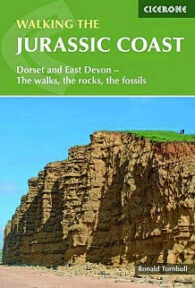
This small, yet informative, booklet takes you on a four-mile walk to 13 sites and through 15 million years of Earth history. The Mortimer Forest Trail is a geology trail in Shropshire that is famous for its outstanding fossils and varied geology. The trail mostly examines Silurian formations such as the Wenlock and Ludlow series.
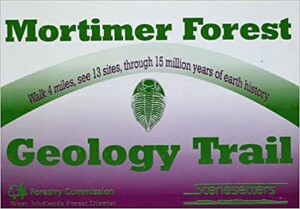
I wish I had this book when I was starting out collecting fossils. It has everything and more you need to take your hobby (and, who know, later a career in palaeontology) to a better, and more advance and fulfilling place. While I will never take the record-keeping and note taking to the levels gently suggested in this very readable book, perhaps if I had read this when I was a teenager, perhaps I would have done.
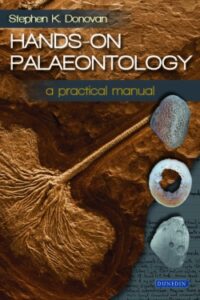
If Yorkshire really is ‘God’s Own County’, then clearly the Almighty is an extremely enthusiastic geologist. Just how lucky is the Yorkshire man who, on the same day, can see some of the best and most varied geology in the world, set out in glorious coastal and mountain scenery, collect superb fossils and minerals, and still be back in the pub in time for some of the best real ale in the UK? That is, Yorkshire is a geological gem that needs a good geological guide.
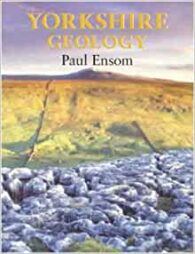
I love geomorphology. I suspect many people are discouraged by its scientific name, but all it means is the study of the earth’s landforms and the processes that create the landscapes we see today. That is, why this coastline looks different from that, why that mountain is a funny shape, why Africa seems to fit into South America like a jigsaw, and so on and so forth.
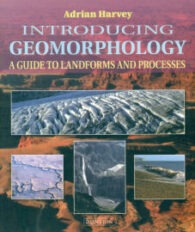
Introducing Natural Resources is another in the Dunedin Academic Press series of introductions to scientific subjects, in particular, the earth sciences. You will probably be aware that I have positively reviewed a large number of them for this website, and this new guide is no different.
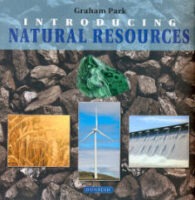
Mary Anning was clearly one of the most significant characters of eighteenth century science and possibly of all time, particularly in the realm of palaeontology. I am not sure that she is quite as unknown as the American author this excellent little biography claims, but she certainly should be better known.
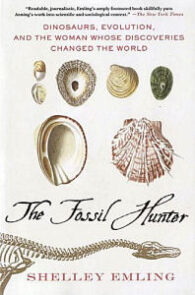
This is an interesting book for those of us who are curious about the complex origins, variety and geological history of the continent of Europe. In particular, it covers and explains the background to its distinct regions and landscapes – from the flat plains of Northern Europe to the Alps and related mountains of the south.
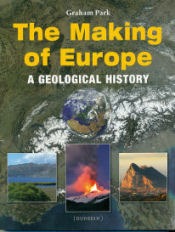
This is a third, revised edition of a very successful, introductory-level geology guide. In it, the author has taken the opportunity to revise and update the text, and to substitute improved illustrations for some of the old ones.
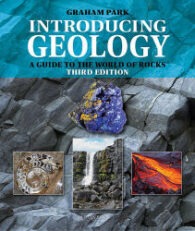
Patagonia has not always been the cold, arid and dry place it is today. About 17Ma – because the Andes were much lower allowing humid winds from the west to reach the area – it consisted of substantial forests and grasslands. It was also inhabited by strange and wonderful animals, many of which are now extinct.
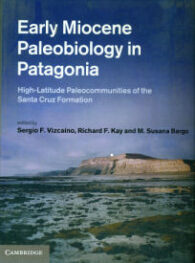
In recent years, there has been a lot written on the fossils of the UK Chalk. However, this guide was the first and is still probably the best for identifying and learning about the fossils that can be found in the chalk cliffs and pits of the UK.
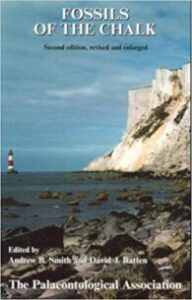
I remember buying the first edition of Ken Brook’s fascinating little guide on Hastings a long time ago, and bumbling off to Hastings in the hope of finding Lower Cretaceous dinosaurs and tree ferns.
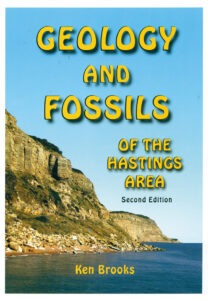
In recent years, the Jurassic Coast Trust really has produced some great books and I have had the privilege of reviewing quite a number of them. These two companion books are intended as walking guides to the World Heritage Site – the so-called ‘Jurassic Coast’ – and the first covers the western limb from Orcombe Point to the Fleet, while the second deals with the eastern part, from Portland to Studland.
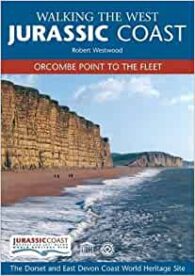
The Geologists’ Association is making something of a name for itself when it comes to pushing the envelope in geological publishing in the UK. It has already produced guides to the geology of non-UK locations and I have reviewed a new guide to the roadside geology of Wales. In itself, that was quite a departure, but so is the book under review – a guide to the ‘urban geology’ of Barcelona.
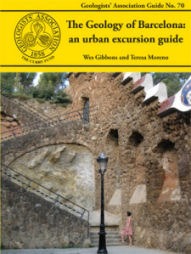
The Geologists’ Association has produced yet another great guide, this time on the geology of Wales. However, this is a slightly different beast from most of their other publications. As is always the case with this excellent series of guides, the book describes the geology of different sites capable of being visited. However, this time, the conceit is that visiting the locations is assumed to be by car.
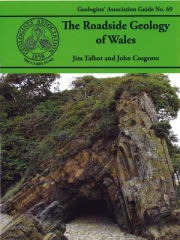
Like the book, Applications of Palaeontology: Techniques and Case Studies, this book is not for the casual fossil collector. Rather it is for the student, academic, oil industry professional or the more dedicated amateur collector.
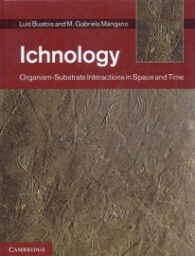
Introducing Mineralogy continues the high standard set by its predecessors in the Dunedin series of guides introducing aspects of the different sciences, especially the earth sciences. It is slightly larger than some of the others, but is still beautifully illustrated, nicely written and very informative.
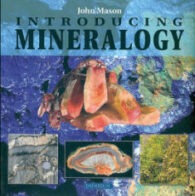
I don’t normally review BGS memoirs – they are excellent publications, but largely written for the professional or the seriously committed amateur geologist. (I have to admit to owning several, which cover my favourite fossil collecting areas of the UK.) However, this one is a ‘Special Memoir’ that I am quite willing to make an exception for.

This is a brief guide explaining how the reader may collect meaningful data at outcrop level and make provisional identifications of common lithologies. It is not intended as a comprehensive field geology textbook and assumes that readers have already studied geological theory (and, as such, is probably most useful of the undergraduate, but could be interesting for anyone interested in geology).
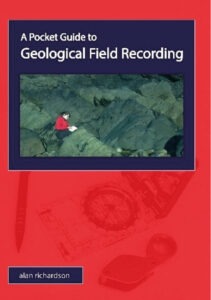
Back in 1994, Scottish Natural Heritage, together with the BGS, published a guidebook entitled Cairngorms: A landscape fashioned by geology. With the publication of Argyll and the Islands: A landscape fashioned by geology, it has now extended this excellent series to 20 such guides.
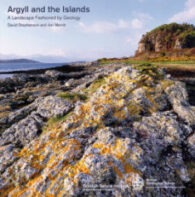
This book has the shape, form and feel of a holiday souvenir book – the sort you buy in tourist information shops to commemorate your visit, with pictures of the sites you didn’t have time to see. And, there is plenty of information for the curious visitor wanting to learn more about the earth science of the area. However, that isn’t the reason why I find it really interesting.
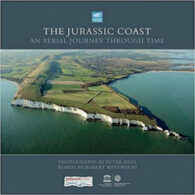
Dunedin publishes a series of ‘Guide to’ books that are excellent little volumes for the beginner and the amateur, and this one is no different. Written by the ubiquitous volcano specialist, Dougal Jerram (aka Dr Volcano), it is a nice little summary of the basics of the science of volcanology.
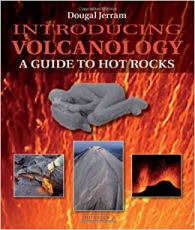
The Caithness area of Scotland is important for its geology, but is also well known for its palaeontology. The Caithness Flagstones are famous for fossil fish and the Helmsdale Fault for the Helmsdale Boulder Beds deposit, beside an active submarine fault scarp. The area even once had its own ‘gold rush’ and you can still try your luck at panning there today at Kildonan.
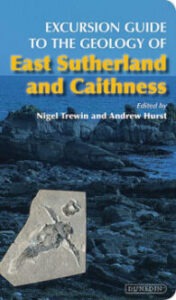
I suspect that many people who visit this website do so because of their amateur love of fossils and geology. They are interested in geology and palaeontology only on a curious level. However, there are no doubt some – perhaps at university or have just left tertiary education – who are currently wondering whether their interest in fossils can be used for more remunerative purposes.
